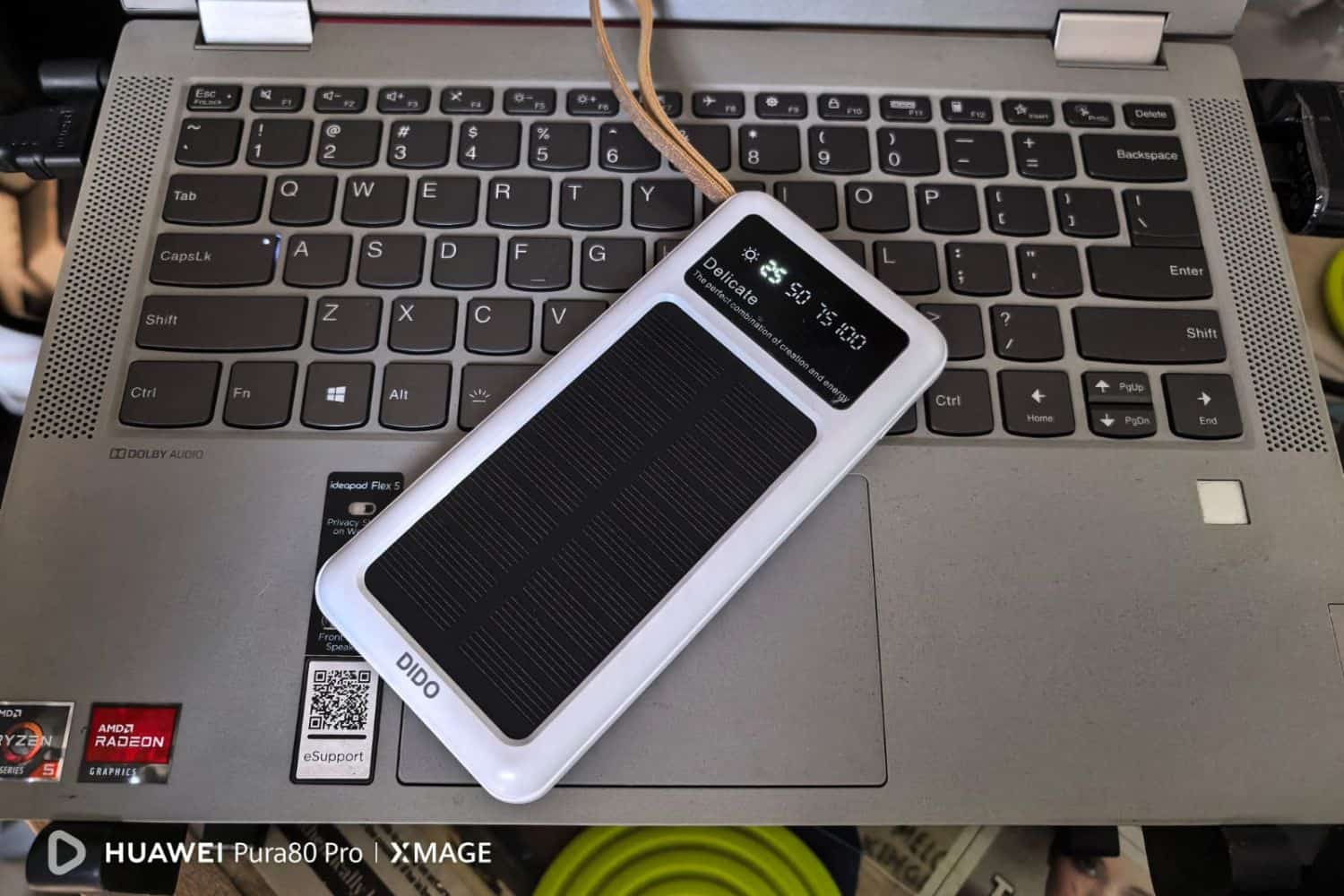Airlines are restricting the use of power banks during flights amid concerns related to lithium-ion battery fires.

If you are a frequent flyer and use power banks during airline flights, you might want to pay very close attention to this.
Several international airlines are restricting the use of power banks during flights amid concerns related to lithium-ion battery fires, which may cause an accident onboard.
Safety concerns
The international airlines stress that portable charges or power banks present safety concerns after a recent flight from Brazil to the Netherlands needed to make an emergency landing after a power bank overheated and filled the passenger cabin with smoke.
Emirates Airlines said, effective from 1 October, it will prohibit the use of portable chargers onboard.
“There has been a significant growth in customers using power banks in recent years, resulting in an increasing number of lithium battery-related incidents onboard flights across the wider aviation industry.”
ALSO READ: EU’s universal USB-C charger rule to save millions and reduce tech waste
Rules
Emirates is among the popular airlines, with the UAE national carrier currently operating 161 flights per week between Dubai and destinations across the African continent, including South Africa.
The new power bank regulations allow customers to carry one power bank that is under 100 Wh equivalent to about 20,000mAh, but they may not be used to charge any personal devices onboard.
Charging a power bank using the aircraft’s power supply is not permitted, and all power banks accepted for transport must have capacity rating information available.
Power banks may also not be placed in the overhead stowage bin onboard the aircraft and must now be placed in the seat pocket or a bag under the seat in front of you. Power banks are not permitted in checked luggage.
Not allowed
The Citizen was also made aware of the restrictions on power banks on a recent Air China flight to Shenzhen.
“Sir, you are not allowed to use power banks during the flight. If you want to charge your phone, you can use the plug socket under your seat,” the flight attendant told this reporter.
ALSO READ: ‘Cool smartphones’ with Graphene, the super hero component [VIDEO]
Inconvenience
Brendon Peterson, tech expert and Editor of Reframed, told The Citizen that the new rules may come as an inconvenience to frequent travellers.
“We are seeing a growing trend from airlines to curb the usage of power banks on flights. It’s not an outright ban. You are allowed to bring your power bank on the plane in your carry-on. Please do not put it in your checked baggage. However, you are not allowed to use it on the plane.
“This is because of incidents that have happened in various parts of the world where power banks have burst into flame and caused issues on board the flight,” Peterson said.
There have been concerns regarding lithium-ion batteries and degradation over time due to misuse and manufacturing defects.
What do you do?
Peterson advised travellers to ensure that they take precautions when packing power banks when on flights.
“What this means for you as a traveller is, if you are embarking on an international flight, please double-check with your airline. Go to the airline website and double-check whether you are actually allowed to bring a power bank on board and use it.
“If not, then usually there is a source of power, either the seat back in front of you or underneath your seat. Those usually are not USB-C, though, but rather the traditional USB-A. So bring a charging cable or charging adapter that works with either USB-C or USB-A, and a new label charger that way,” Peterson said.
Lithium-ion batteries
However, this does create a massive inconvenience for travellers where the infotainment system may not work, or if you are travelling with children, and need to keep them entertained with a tablet.
“You can charge, it just becomes a little bit more inconvenient, a little bit slower for you to be able to do that,” Peterson said.
Power banks primarily utilise lithium-ion or lithium-polymer batteries, and their function is as a portable battery pack designed to recharge devices on the go. The batteries contain lithium ions suspended in an electrolyte solution.
Most phones and sophisticated lithium battery-powered devices have an internal trickle system which slowly adds current into the battery to prevent overcharging, but many basic power banks may not have this safeguard, increasing the risk.
ALSO READ: ‘We are the voice of the people,’ Truecaller responds to privacy probe






